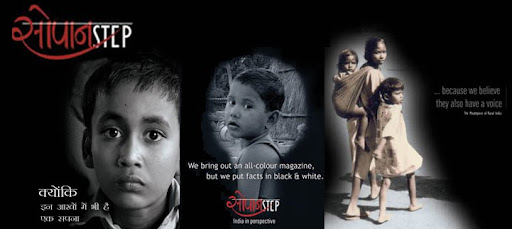


Books meant to be distributed free of cost to students, found lying at scrap dealers and rot in store rooms.
Avdhesh Mallick / Raipur
To boost school education and reduce the drop out rate of students in schools, the state government has launched various schemes including free distribution of books in schools under Rajeev Gandhi Sarva Siksha Abhiyaan (RGSSA), a scheme funded by Central Government). To ensure that students will get their books on time and no shortage prevails, the state Government has also formed an autonomous body Chhattisgarh Text Book Corporation (CTBC) having funds of more than Rs crore per annum which supply books to schools on demand so that there is no misuse of public funds.
Ironically, even after this, a large number of books are dumped in the schools’ store rooms, scrap dealers shops and godowns of CTBC. Students living in remote and naxal affected area do not get books on time to continue their studies.
Recently books were lying at a class room of Naveen High School in Durg. These 50,000 books have become unusable and are meant for classes 1-8. These were supposed to be distributed in the schools of Durg free of cost. To lift the books and keep them in a safer place, the block education officer has written a letter to General Manager of CTBC and other officials.
The Block Education Officer also wrote to the District Education officer Durg complaining that excessive number of text books of educational session 2007, 2008, and 2009 had been supplied to their block office and are now rotting in a store room of Naveen School Durg.
The details given were book of class 3 part-1, part-2 sixty bundles, book of class four 20 bundles, books class five to eighth 20 bundles. Hundred bundles of text books are lying in that store room without any proper protection. Most of the books become obsolete and unusable. Despite the letter, nothing concrete came out.
In 2010, in the month of December, local media also highlighted the issue that text books costing lakhs of rupees have been sold to the scrap dealers. Subsequently, police raided the shop of Nanu Kabari in Durg and recovered two matadors full of books costing more than Rs 10 lakhs. After investigation it was found that the text books which were found in scrap, belongs to district Mahasamund, Durg, Raipur and sold to Nanu kabari at the cost of Rs 7.50/Kg.
Police also recovered a large consignment of books in Jagdalpur area from a scrap dealer. In the police interrogation it was revealed that books were sold to them by the education mafia. It has been revealed that this illegal trade is flourishing in Chhattisgarh for more than five years.
According to the government scheme, textbooks have to be given free of cost to school going students including girls and reserved category students. Hence the government has assigned CTBC for the work. Up to the eighth class text books got distributed in school on massive level. As per the rule, block wise demands of text books were put before the board of Chhatisgarh Rajya Madhyamik Siksha Mandal (CGMASIM) and after the approval of CGMASIM, the district project coordinator official of Rajiv Gandhi Siksha Mission, Sarva Siksha Abhiyaan (RGSMSSA) sends the requirement of books for printing, publication and distribution.
After getting clearance, CTBC orders printing of books against the demand. But district education officer, Durg put forwarded the demand of books for academic session 2007-08 for 466,125 students and later sent another amended and corrected demand of books for 466,734 students. The CGMASIM requested for cancellation of the previous order and to comply with the order last placed.
Instead of cancelling the earlier demand, CTBC asked for the printing of both the orders leading to publication of twice the number of books which were needed.
For one student, an average of eight books is required. The final request order was for 466,734 students i.e. 466734x8=37,33872 books but the books got published were (466734+466125)x8=74,62872. In this way 37,29000 number of excessive books had got published, leading to a huge outflow from the state exchequer.
The printer charges more than Rs 20 per book and the exchequer lost Rs3729000x20. Unfortunately while the state exchequer is losing crores of rupees every year in the name of book printing, poor students do not get them on time in remote and naxal affected villages.
When Sopan-Step team enquired the matter, the books lying in the Naveen School Durg were shifted to the CTBC Book Depot. But the questions remain un-answered. What about the real culprits, their negligence and loot and wastage of public money.
Former Chhattisgarh chief minister Ajit Jogi demanded a CBI inquiry to nab the real culprits. He said the central government has given Rs 1200 crore to the state government under SSA and for SSA state government has a budget of Rs 1768 crore but due to massive corruption, the outcome is not satisfactory. He alleged that the state government was protecting and giving shelter to corrupt officials and leaders.
School Education Minister Brijmohan Agarwal said, “I have received complaint and ordered for an enquiry. Police is investigating the matter and how such a number of books were found in scrap. Stern action should be taken against the culprits”.
While the onus of this wastage is on Subhash Mishra, General Manager of CTBC, he said no mistake has taken place from their side adding that “allegations of printing of excessive books and supply is false”.
avdhesh1mallick@gmail.com











